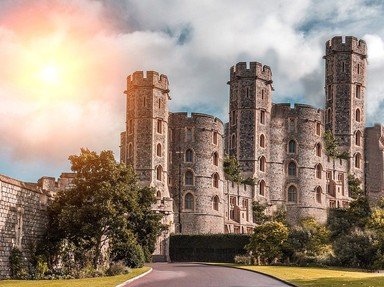
Castles of Spain Trivia Quiz
Intact or In Ruins?
These ten Spanish castles are all steeped in history. When you visit some of them, however, you will find only partial remains of their former grandeur. Do you know which of these castles are still intact fortifications, and which are in ruins?
A classification quiz
by looney_tunes.
Estimated time: 3 mins.